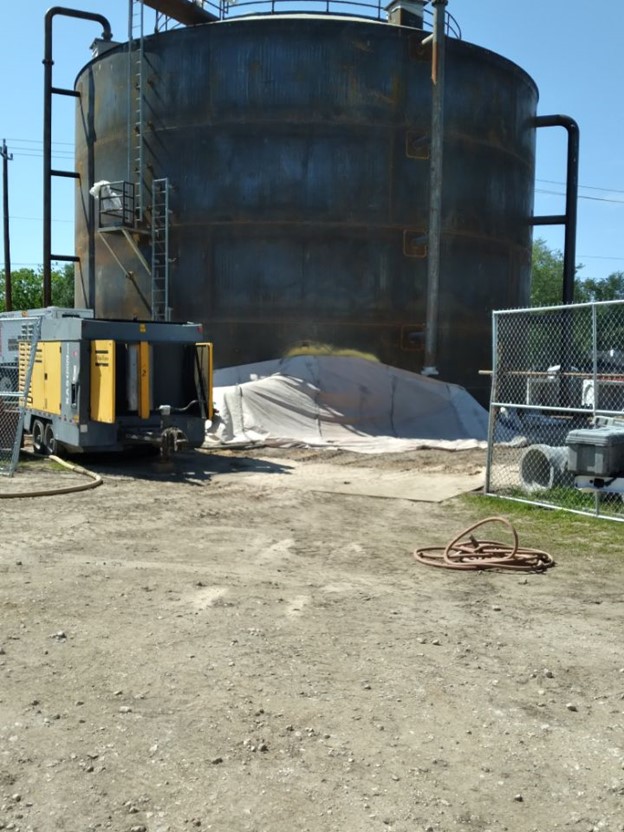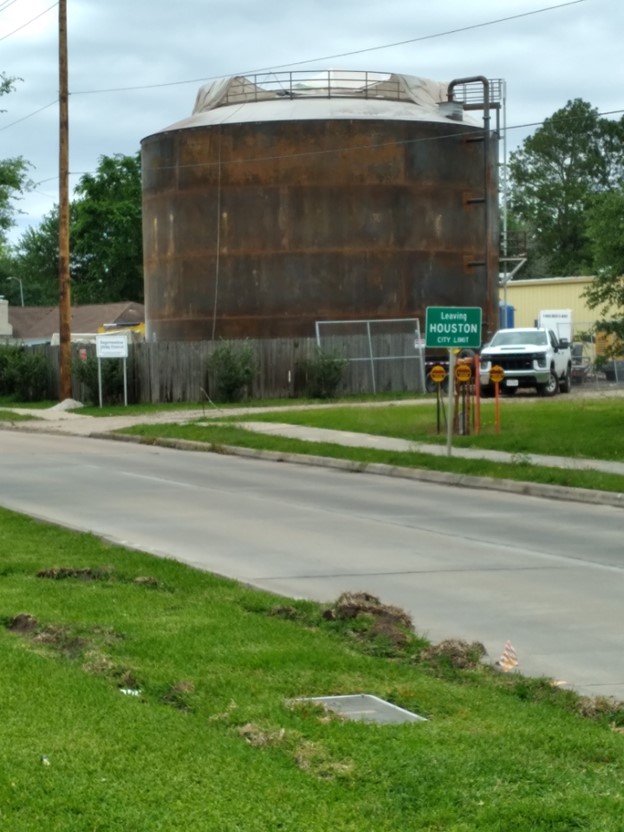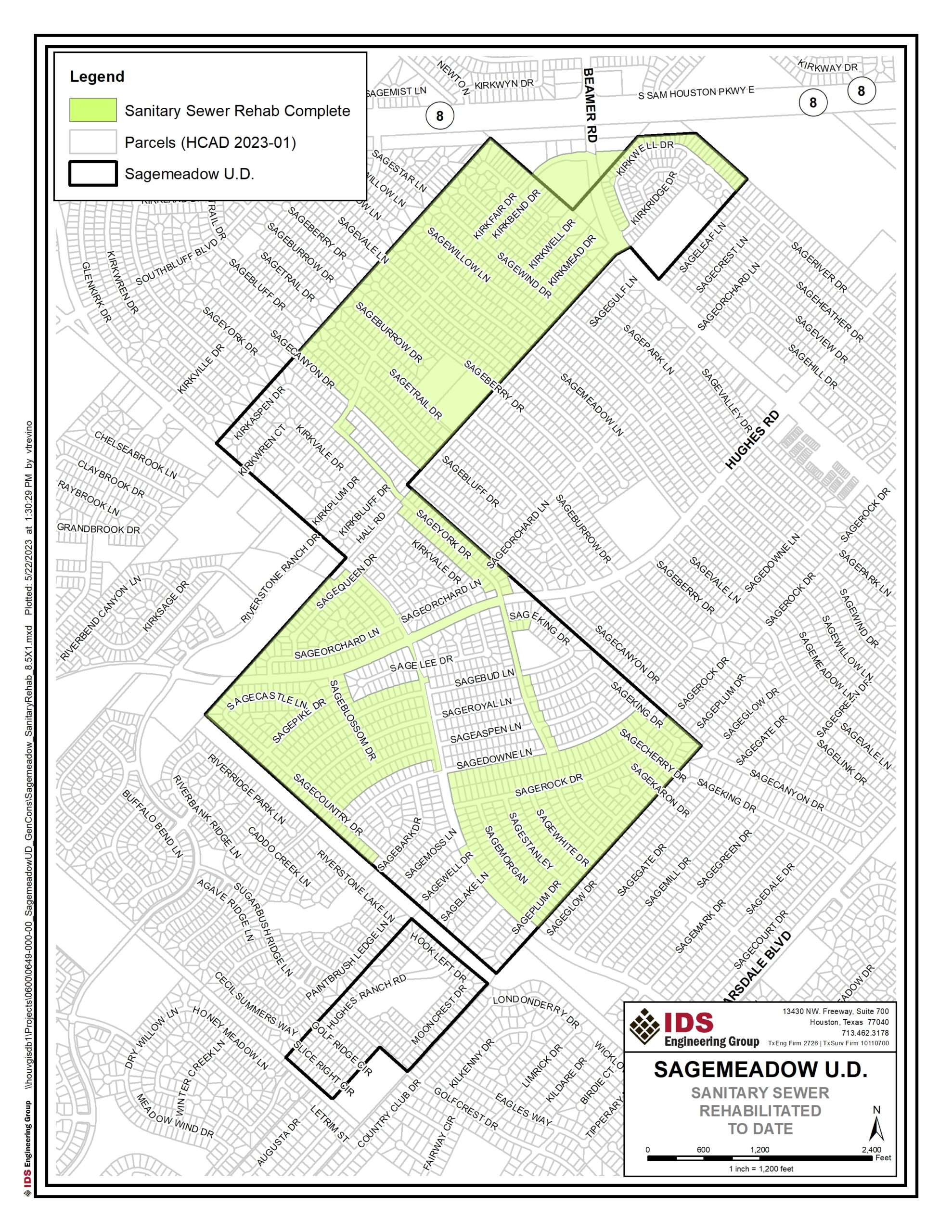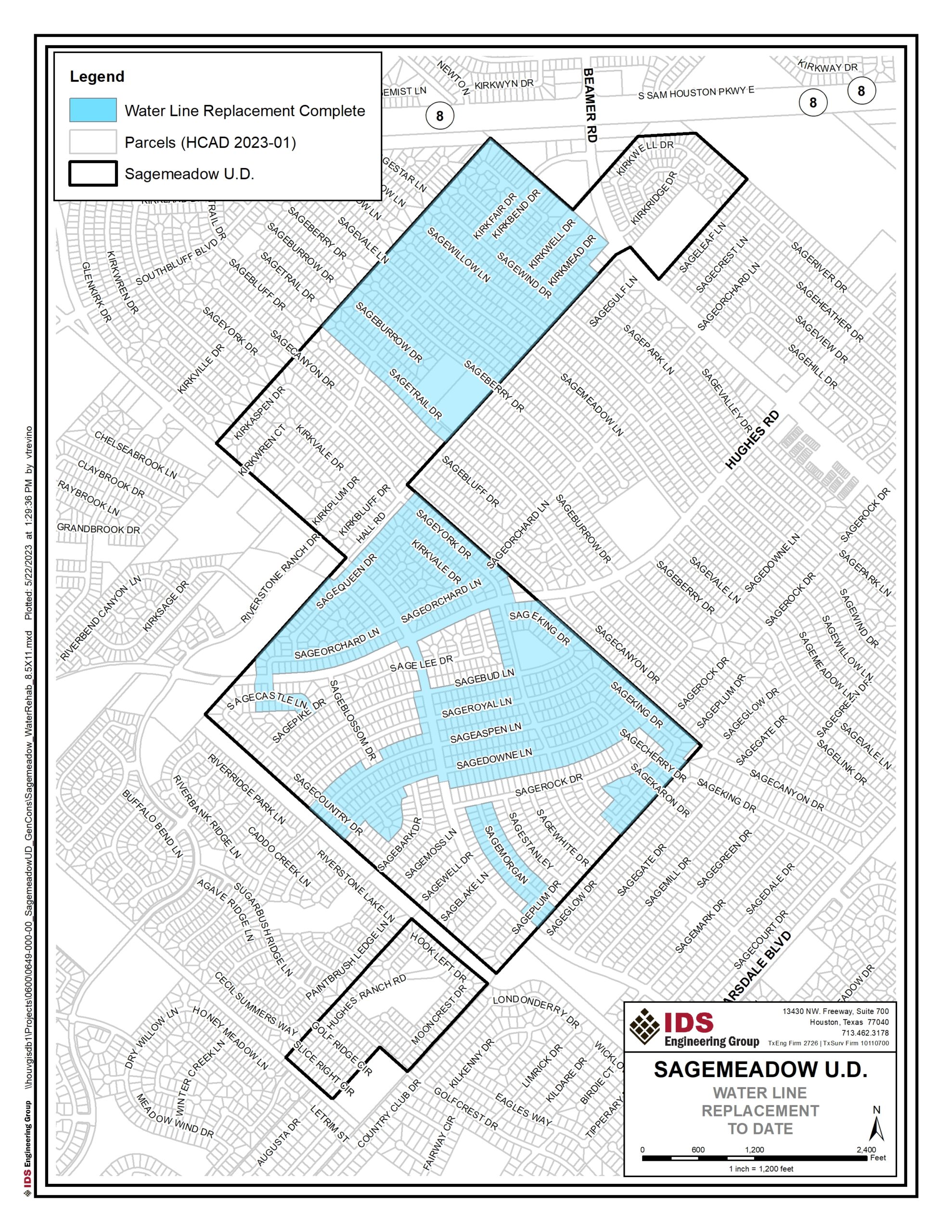Notice to Customers of Free Chlorine Conversion
Sagemeadow Utility District, PWSID: 1010386, will temporarily convert the disinfectant used in the distribution system from chloramine to free chlorine. The conversion will begin on Monday, 7/29/24 and continue through Monday, 8/19/24. During this period, you may experience taste and odor changes associated with this type of temporary disinfectant conversion.
The temporary change from a combination of chlorine and ammonia (chloramine) to free chlorine helps to prevent taste and odor problems that can occur during the hottest months of the year. Free chlorine conversions are a common industry practice for preventative maintenance in drinking water distribution & transmission systems. Many utilities throughout the state and country that use chloramines for their primary distribution disinfectant periodically convert back to free chlorine to improve and maintain the highest water quality standards. The Environmental Protection Agency (EPA) and the Texas Commission on Environmental Quality (TCEQ) endorse and support this procedure.
As part of the disinfection process, municipalities will flush their systems by opening fire hydrants. Water users may notice some water discoloration or cloudiness. These conditions are harmless and temporary and should be remedied by fire hydrant flushing.
The chlorine maintenance process has not been linked to any adverse health effects. Customers may notice a slight chlorine taste or odor in the tap water for a short period during the change. The water is safe to drink, to use for cooking, to bathe in and for other everyday uses. During this period, we will sample and test our water to monitor the effectiveness of the temporary modification. Once the free chlorine disinfection process is complete, we will return to the chloramine disinfection.
This temporary change in our treatment process is performed in accordance with State and Federal drinking water regulations. The Texas Commission on Environmental Quality (TCEQ), which regulates water quality, has approved this method for routine maintenance of potable water distribution systems.
SPECIAL NOTE
Owners of fish and reptiles should follow standard water treatments using products that remove both chlorine and chloramine from the water.
Dialysis centers will continue to treat the water to remove all chemical disinfectants, including chlorine and chloramine, before the water is used for dialysis. Home dialysis users should consult their machine manufacturers for instructions on how to properly treat their water before use.
FREQUENTLY ASKED QUESTIONS
Why does drinking water need to be disinfected? The disinfection of water has played a critical role in improving drinking water quality in the United States. It has been standard practice in the U.S. for more than a century. In fact, American drinking water supplies are among the safest in the world, according to the Centers of Disease Control and Prevention.
What are drinking water requirements in Texas and who regulates water quality? Public water systems are required to disinfect water prior to it entering the distribution system that carries it through pipes to customers. The Texas Commission on Environmental Quality regulates drinking water in the state.
What is chloramine and why does the water system use it? Chloramine is an effective disinfectant that works over a long period of time, particularly in areas with high temperatures like Texas.
Are free chlorine and chloraminated water safe? Yes, both forms of chlorine are safe for people and animals to drink, for cooking and bathing, watering the garden, and for all other common uses. However, precautions must be taken to remove or neutralize chloramines and free chlorine during the kidney dialysis processing, in the preparation of water for fish tanks and ponds, and for businesses requiring highly-processed water. Most customers will not need to take any precautions as the water remains safe to drink and is treated according to both state and federal standards.
Can I drink the water during this maintenance program? The water will continue to meet Federal and State standards for safe drinking water during this program; however, customers may notice a difference in taste and/or smell. Each individual has his or her own sensitivity level to the taste and/or odor of free chlorine. Many detect no change at all. The chlorine taste and smell during the first two weeks of the maintenance program is normal and poses no health risk.
Why all the flushing? In order to change the process and facilitate rapid system conversion, we must flush to spread the free-chlorinated water throughout the system.
If I have questions, who should I call for more information? For more information, please call Municipal District Services at 281-290-6500, Option 1.







